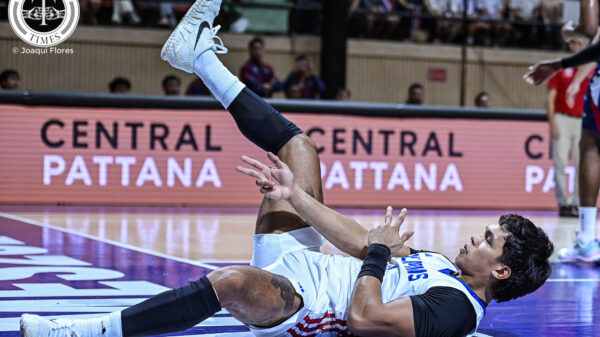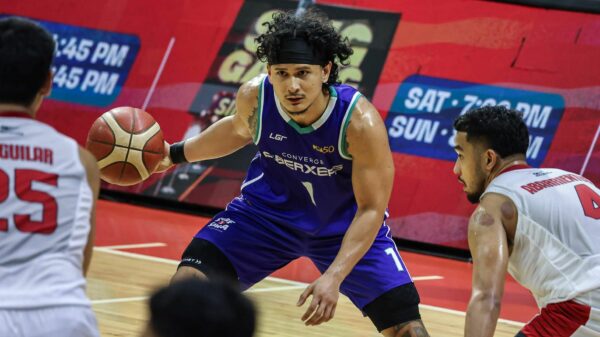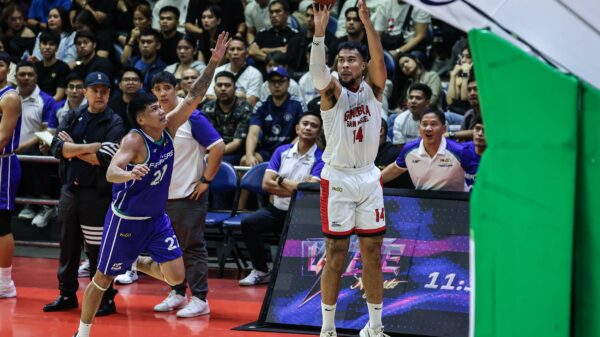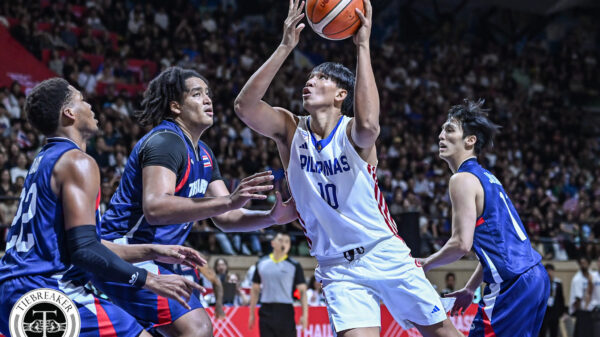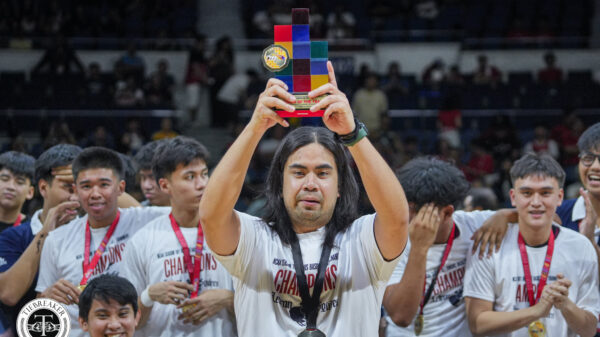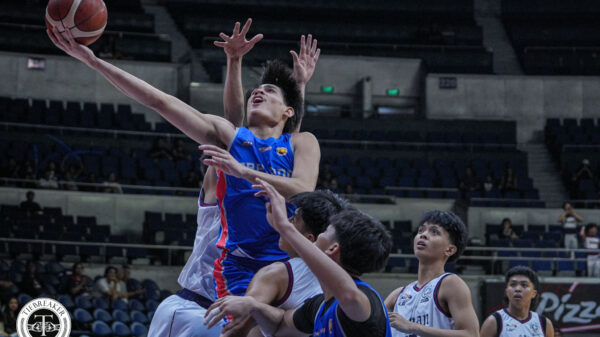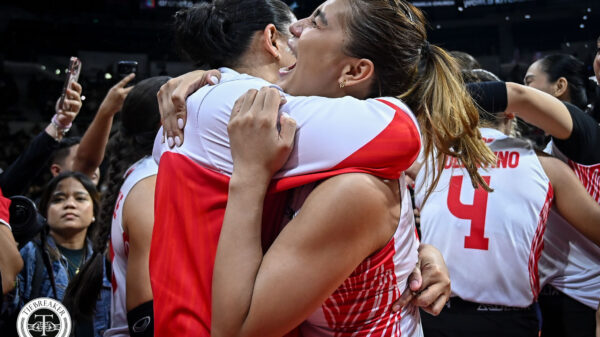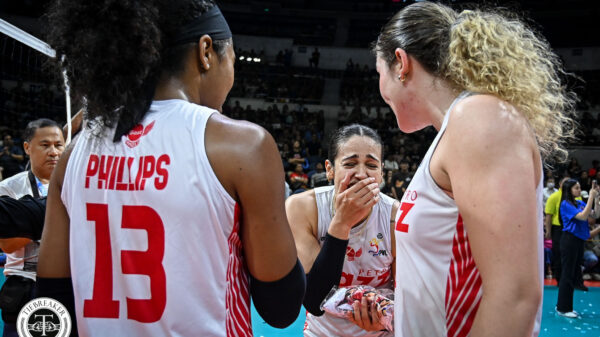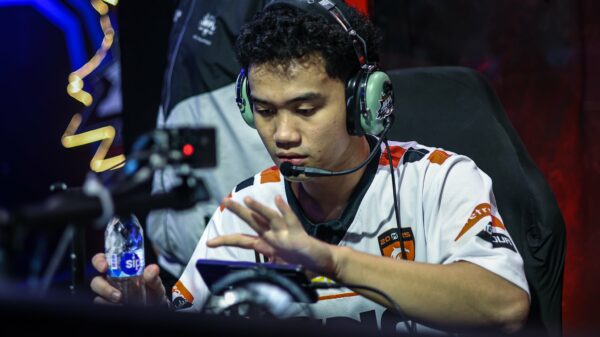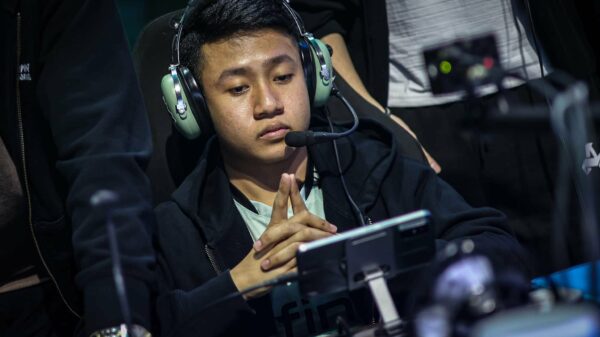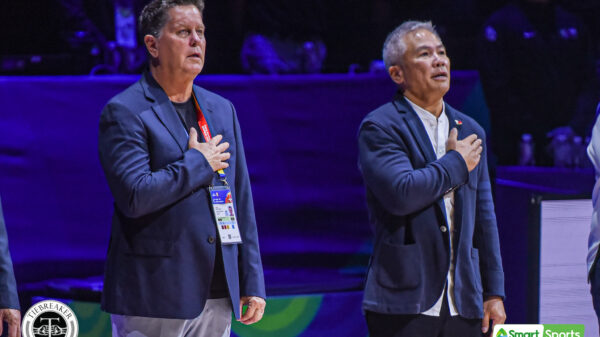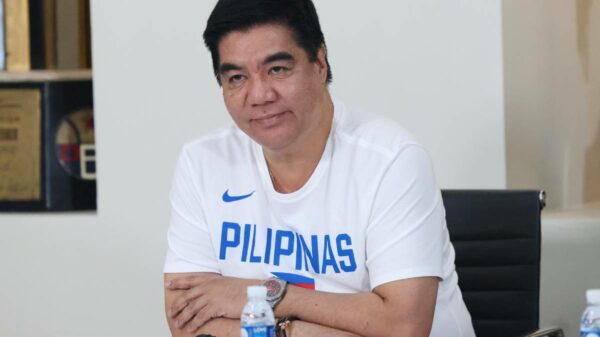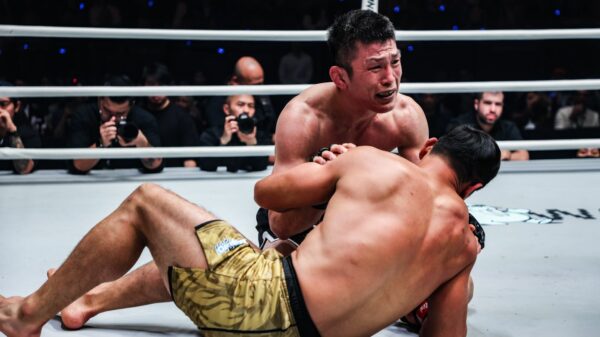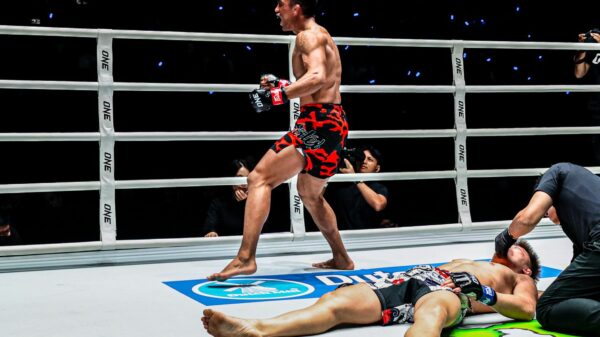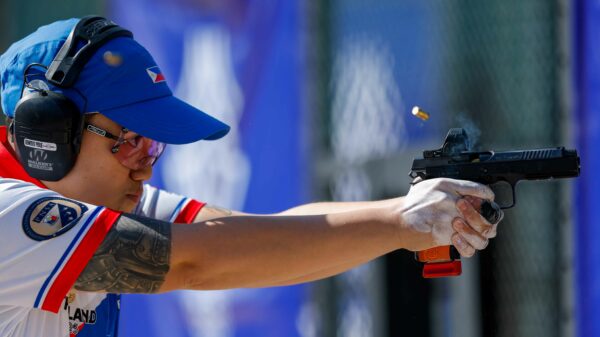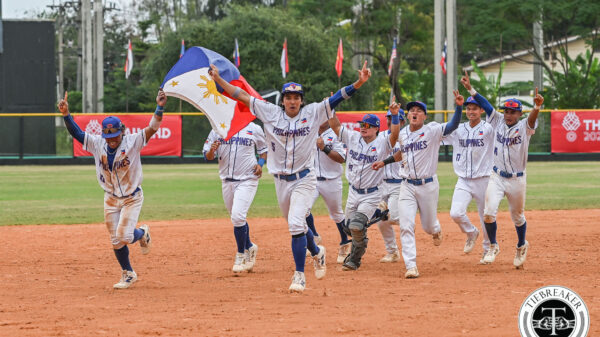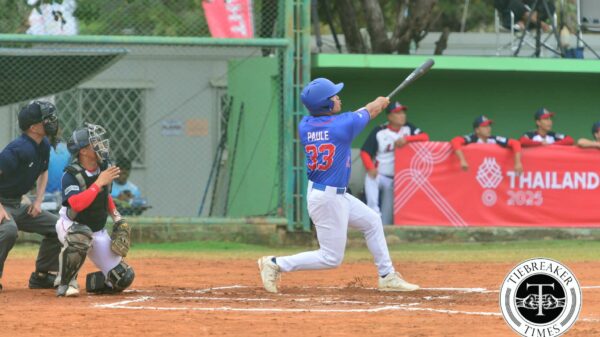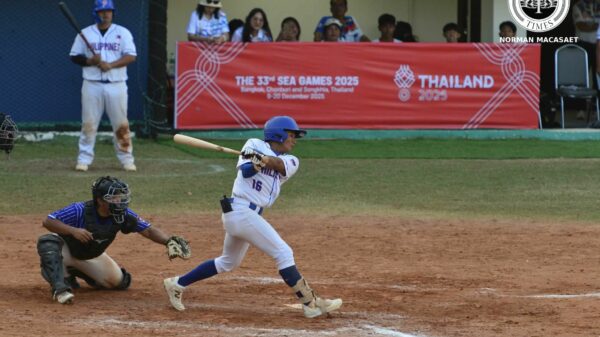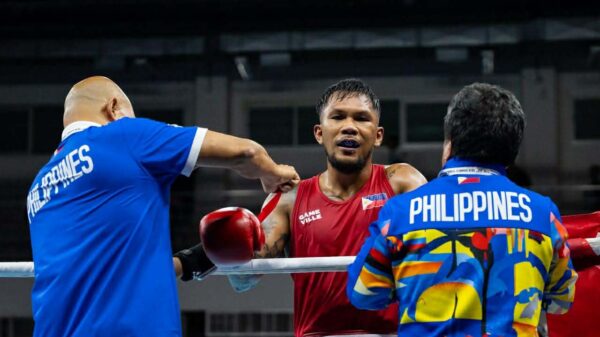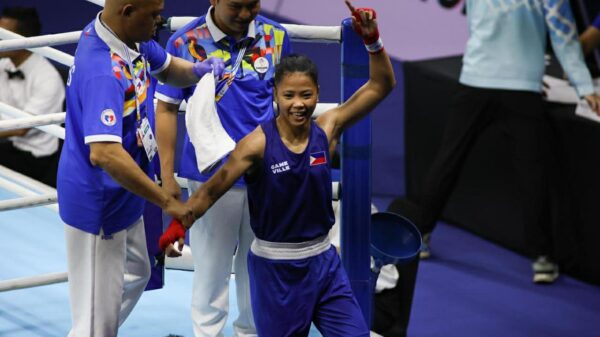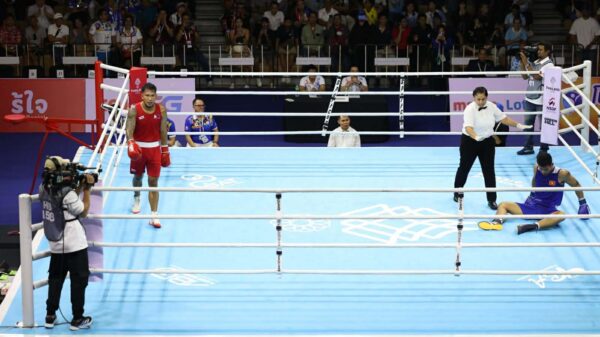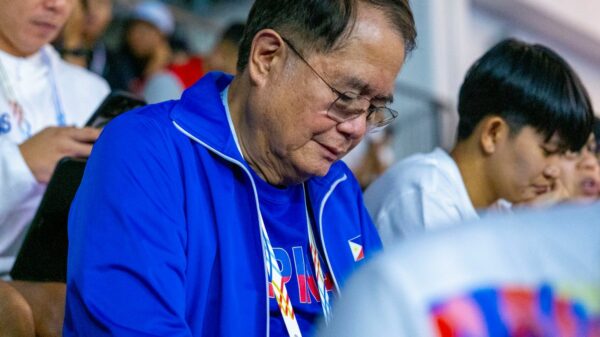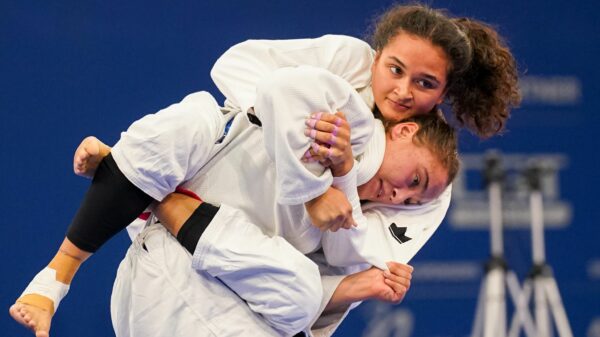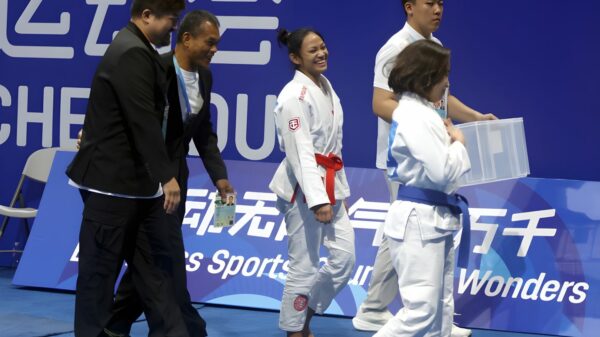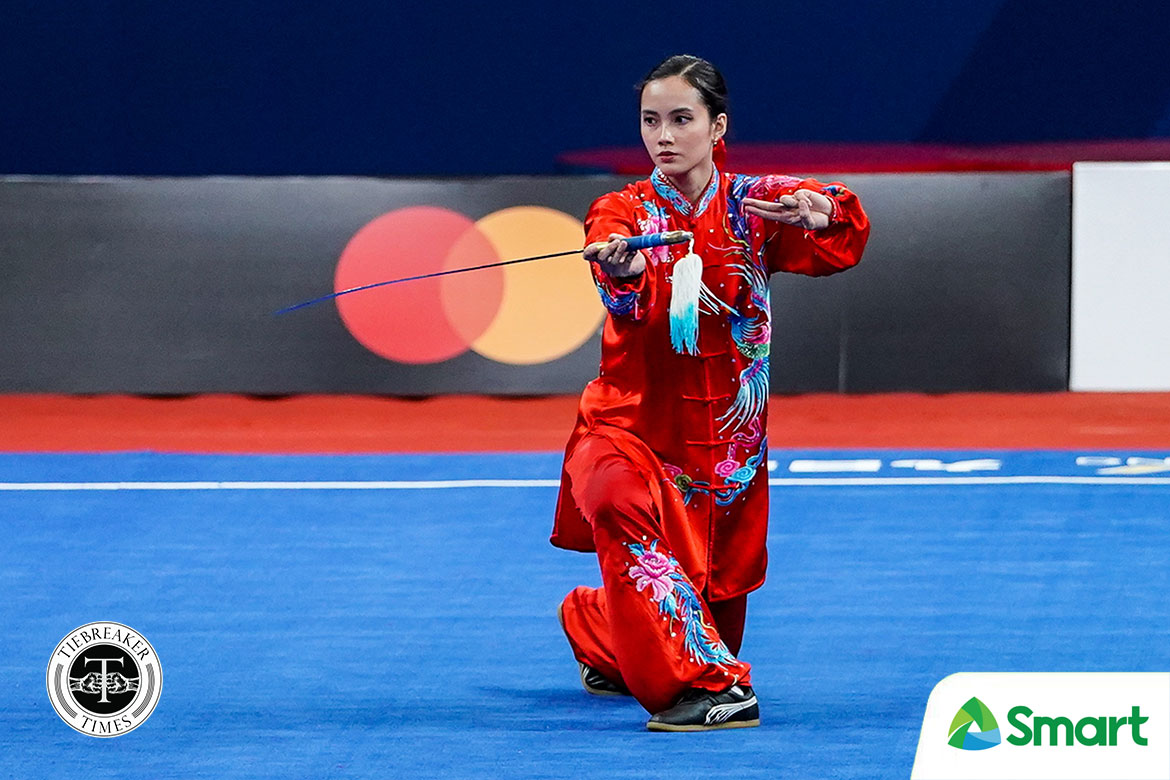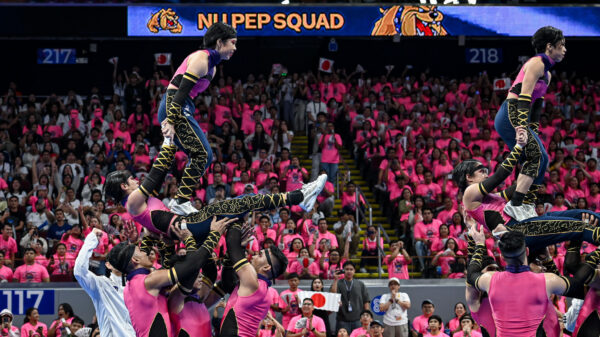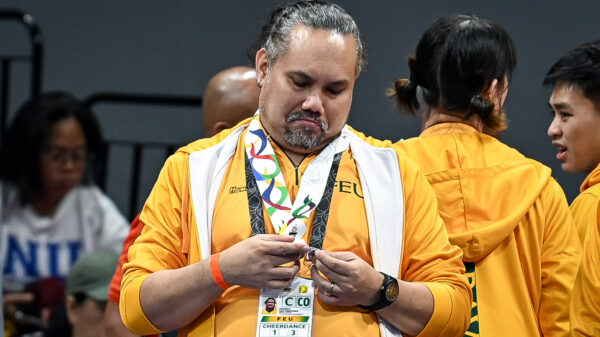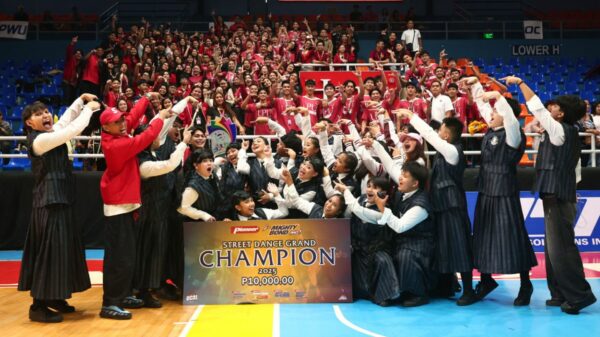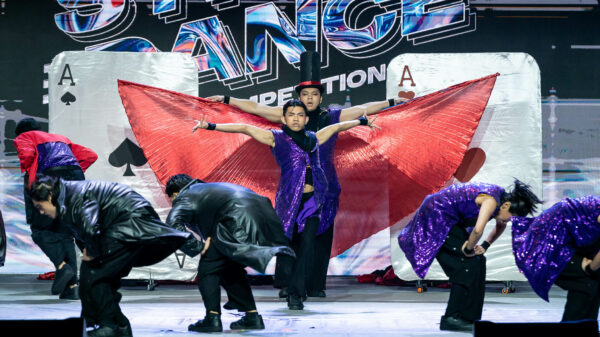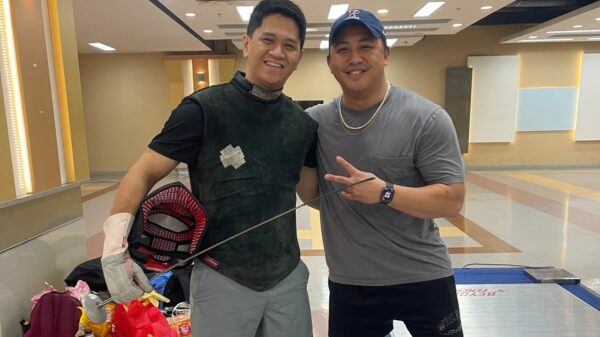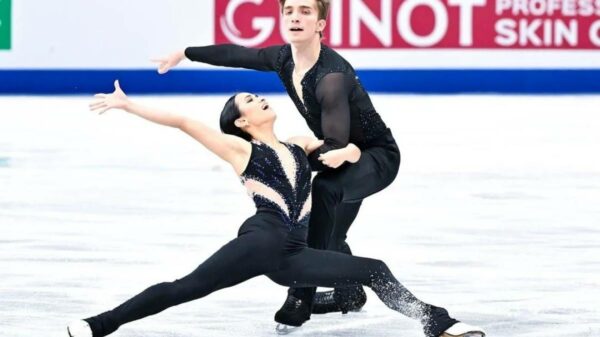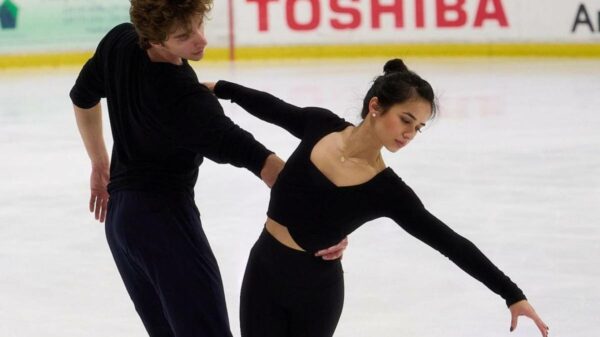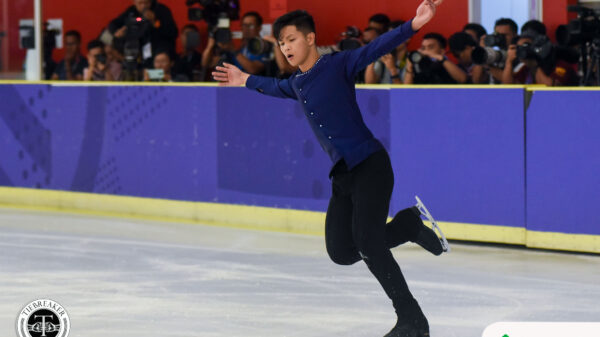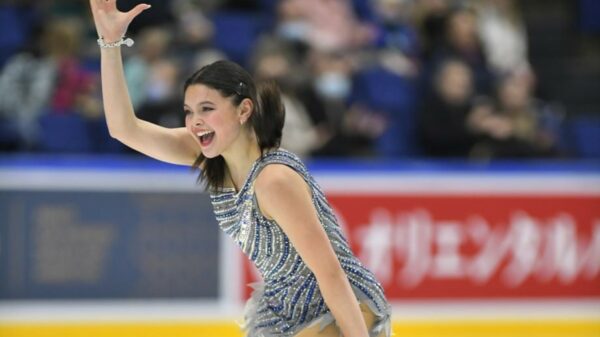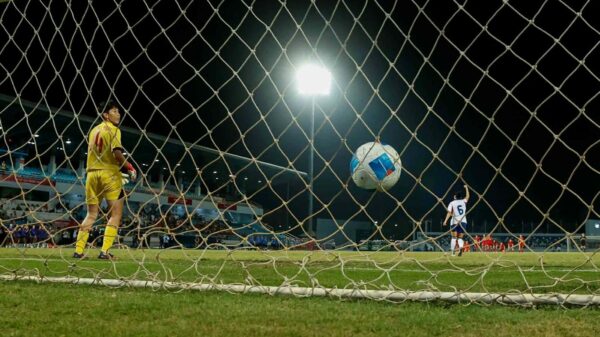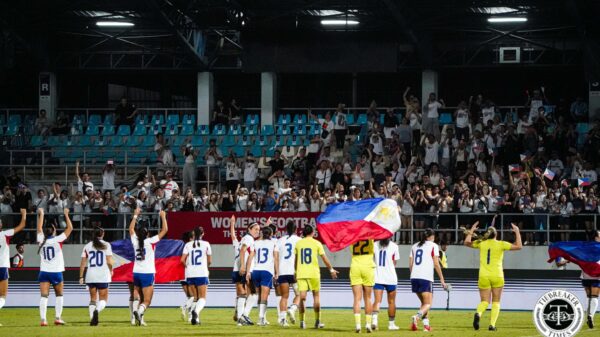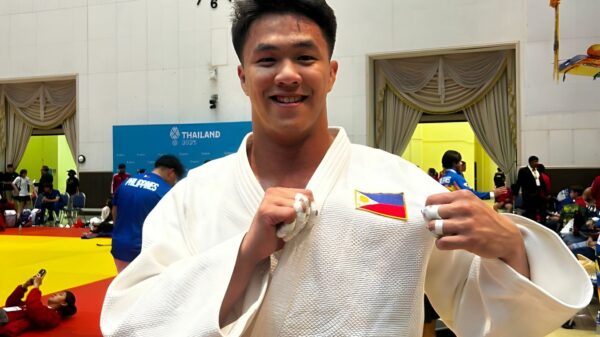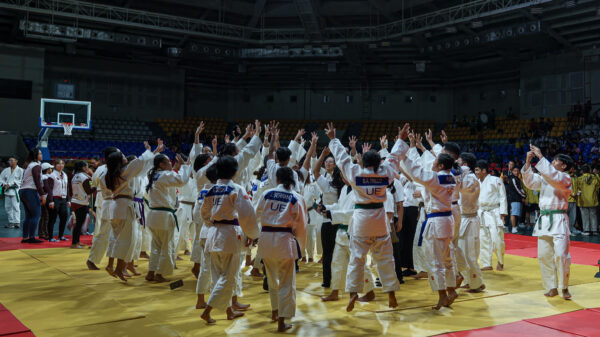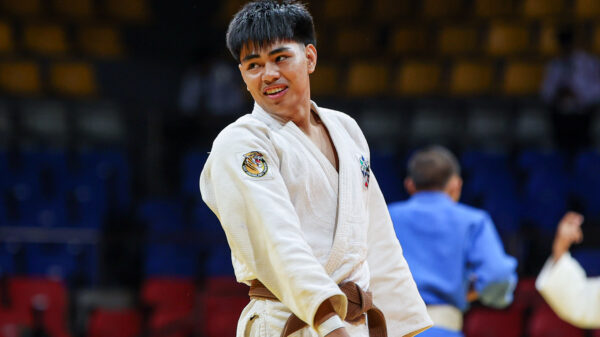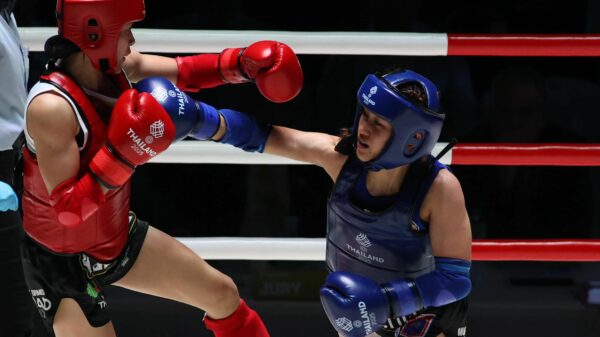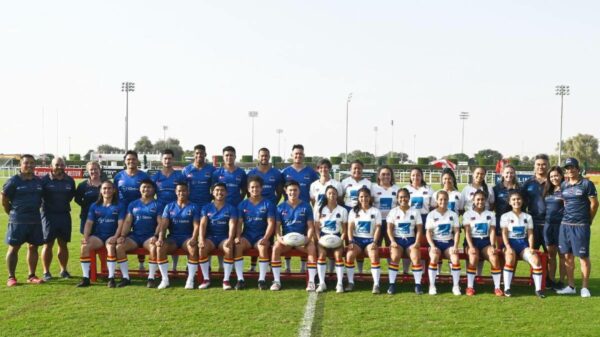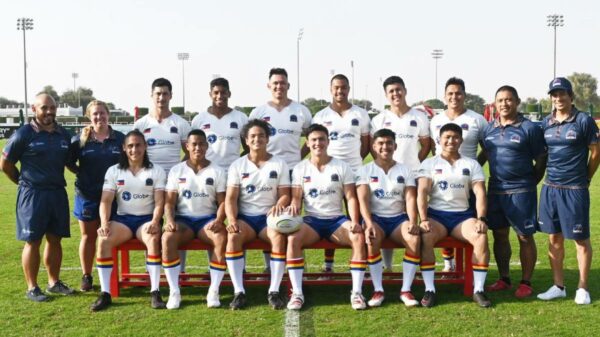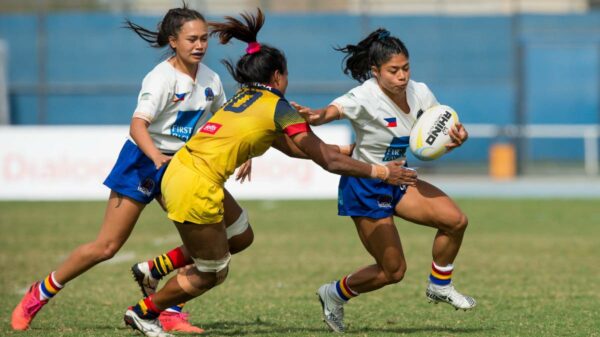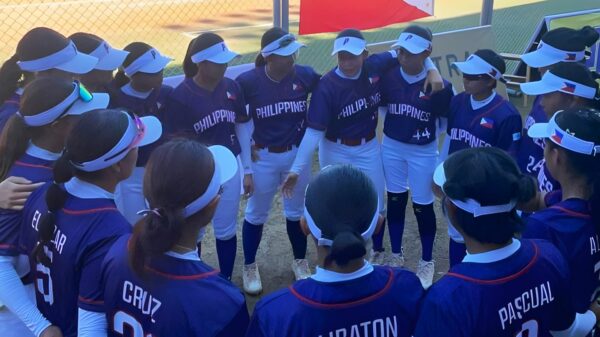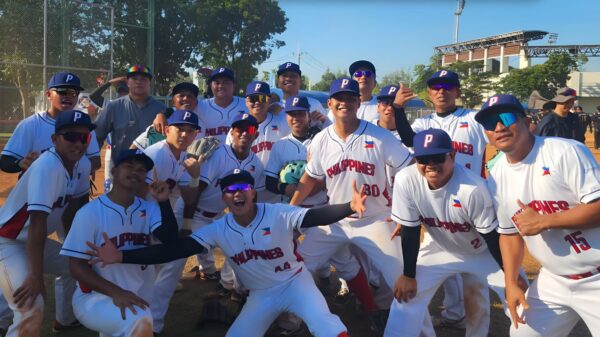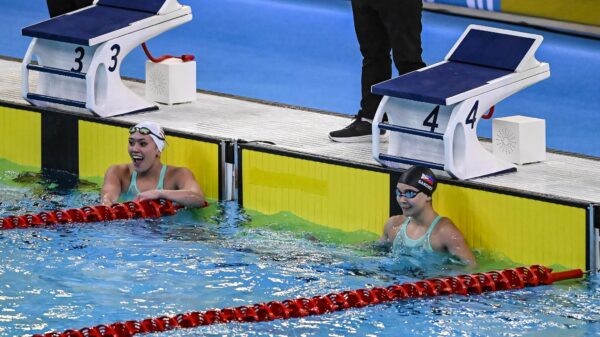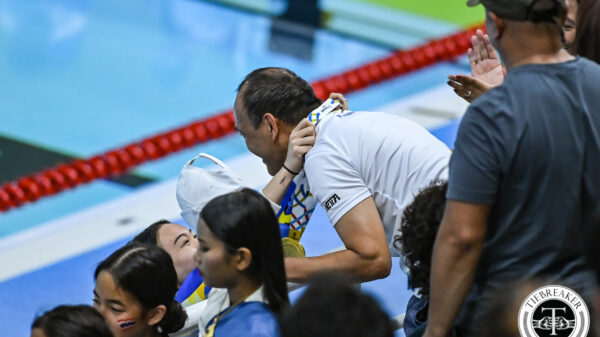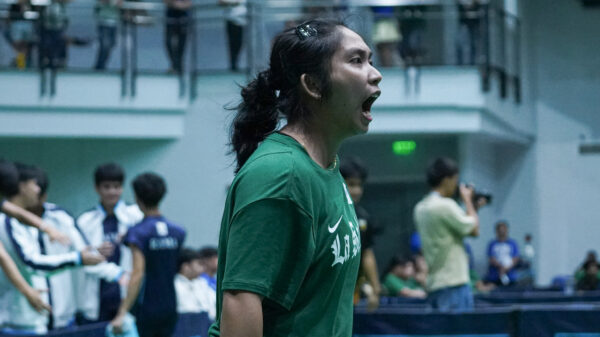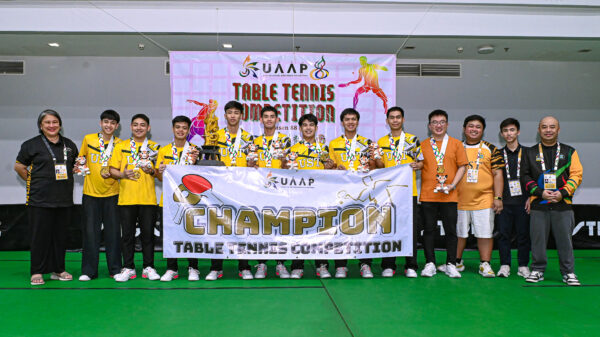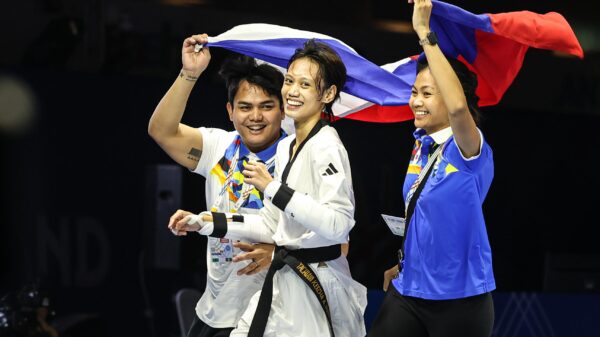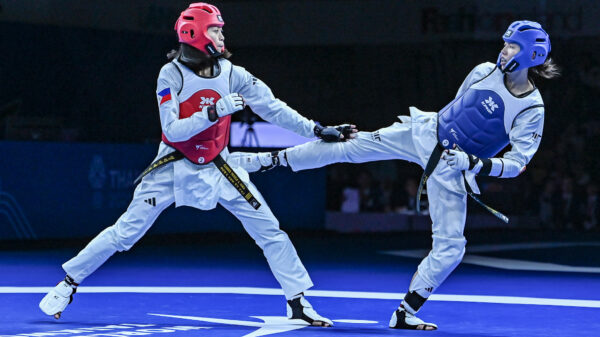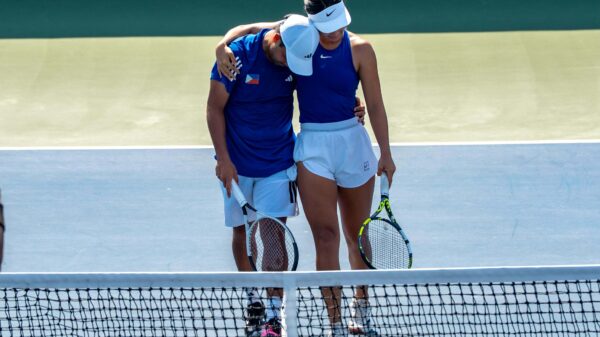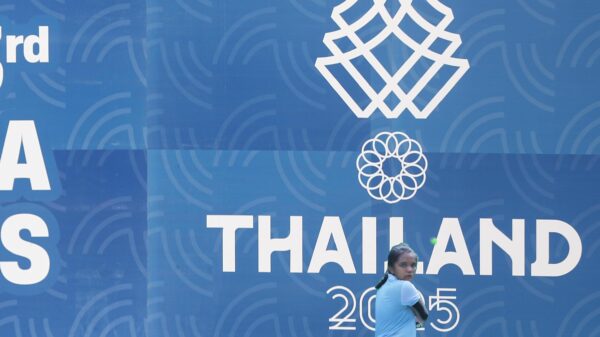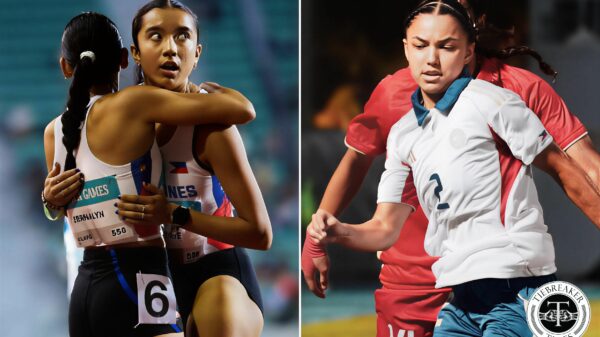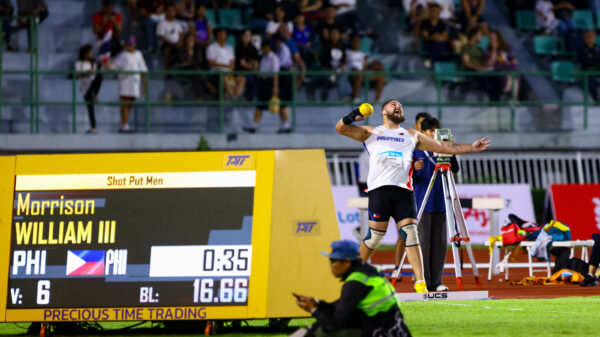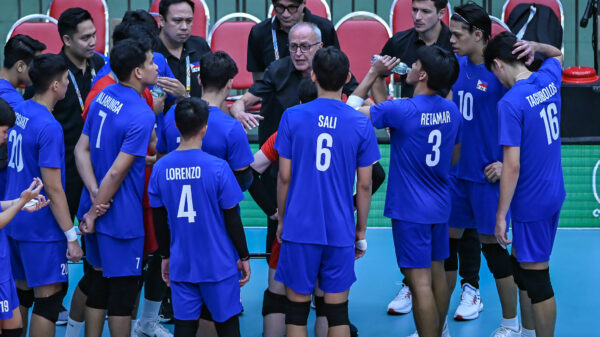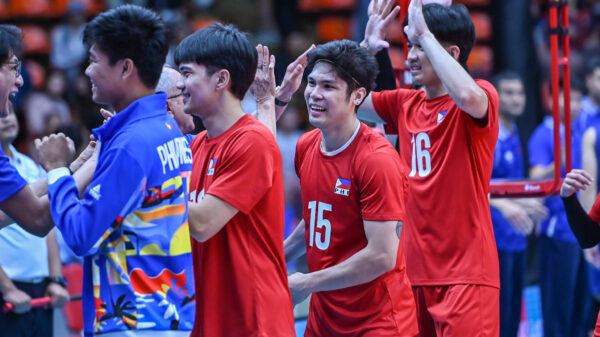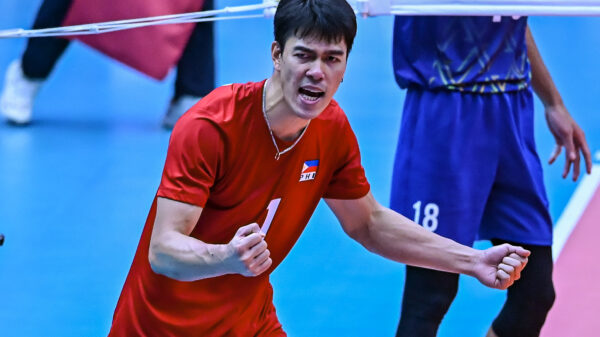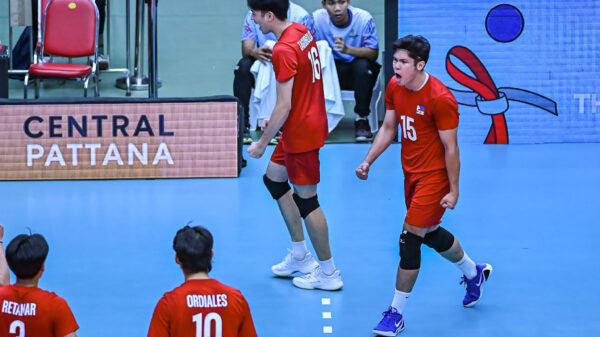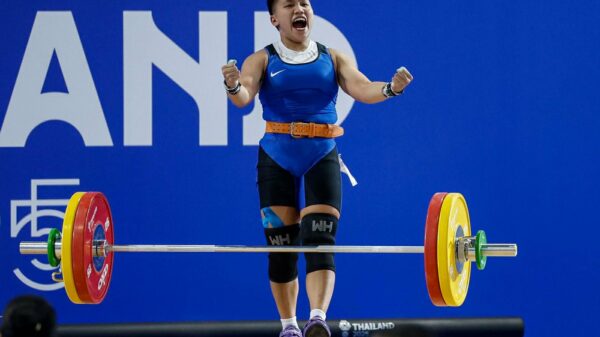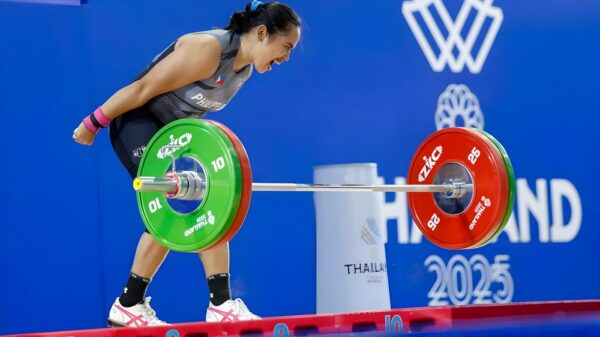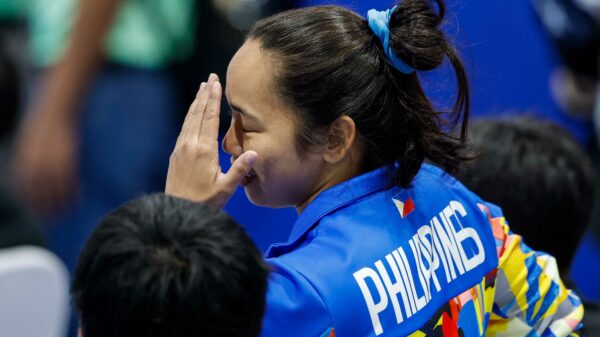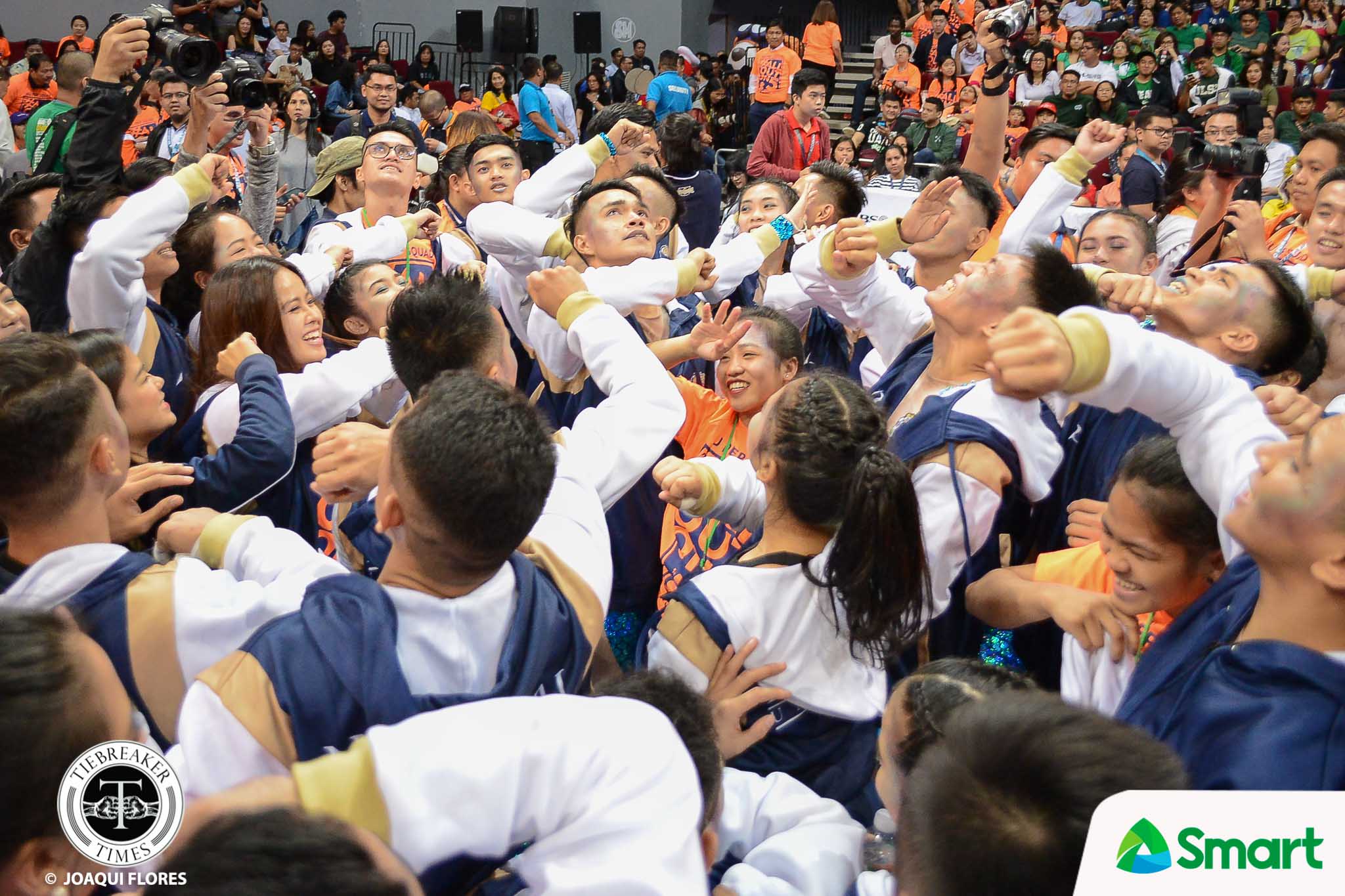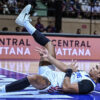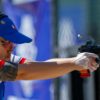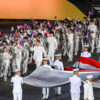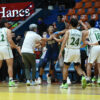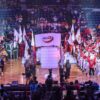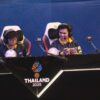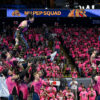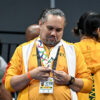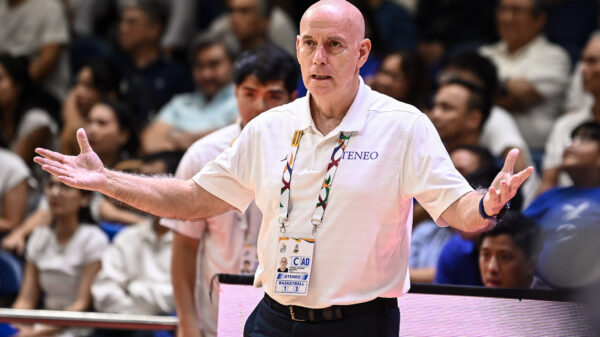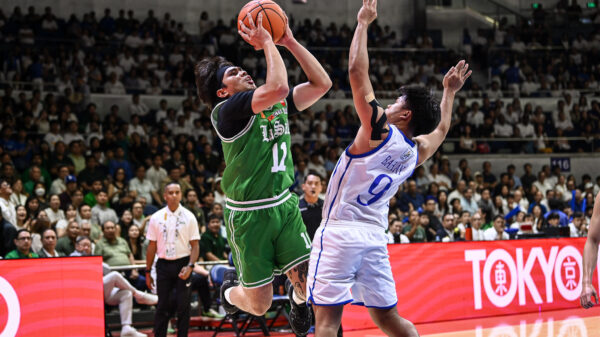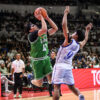In recent seasons, the UAAP has tweaked their traditions, especially during its Men’s Basketball games.
Season 79 saw the UAAP Board shift the singing of alma mater hymns from after a game to before. In Season 80, they decided to allow teams to use numbers beyond 20 when assigning jersey numbers.
Before Season 81, the Board again opted to continue its shift from tradition. Last week, a UAAP memo circulated on social media. Among the many policy discussions, the decision to reduce the number of drums allowed in the SMART Araneta Coliseum and SM Mall of Asia Arena sparked a heated discussion on social media.
Initially, the plan was to limit each school’s drumline to one bass and two snare drums per the memo.
Tuesday, after much deliberation and a dialogue between the UAAP Board and the drummers, the UAAP announced a much lighter restriction of four bass and two snare drums along with guidelines for for brass sections.
Speaking with Tiebreaker Times last Monday during the UAAP Season 81 Press Conference, exective director Atty. Rebo Saguisag said that the dialogue between the UAAP board and the drum lines were in no way a reaction to any social media backlash.
“We realized that we’ve always had technical meetings with coaches of the different teams, but the coaches of the drummers were not involved in those,” said Saguisag.
Saguisag emphasized that everyone, including the drummers, were unanimous in providing the best experience to students and fans of the UAAP. Citing his time as former commissioner up to now, the league executive also points out that continuous drumming disrupts communication of players, coaches, and officials.
Regulating drums could have a positive effect towards the quality of games, which is the UAAP board’s main priority.
“We understand that the drums is an important aspect of the games. But, it’s a small part. The main concern still is the quality of games, which, at the end of the day, is what everyone came to watch.”
—
Saguisag emphasized that, aside from their decision still being “experimental”, they are only restricting drums in the said venues and not anywhere else.
But, the UAAP community may not be as unanimous with this decision as the UAAP Board may think.
As of writing, Tiebreaker Times reached out to several UAAP drummers to seek their view on this issue. However, numerous drummers informed us that they were ordered by their respective athletics’ offices to keep mum on the issue.
Still, most drummers and UAAP fans take the decision as an indictment on UAAP culture with their drumming and cheers being reduced to “noise”.
“Masasabi ko lang is the UAAP wouldn’t be complete without the drummers, without the drums,” said Johdi Aragon, the assistant secretary of the University of Santo Tomas Yellow Jackets.
“For the drummers and for the crowd, ‘yun ang hearbeat ng UAAP. It’s also a source of support for the players. The UAAP wouldn’t be complete without the drummers cheering on the athletes.”
“The drums are an important part of the UAAP experience. You can’t find the same kind of drumming anywhere else. It’s what makes the UAAP special,” tweeted University of the Philippines Pep Squad Drummers assistant head drummer Pia Donato.
“For the board, it might just be background noise, but to us, it’s the heartbeat of the crowd.”
The uproar became so loud on Twitter that #StandWithUAAPDrummers trended locally fron August 26 to 27.
Even Far University’s Central Student Organization released a statement, backing the FEU drummers.
If there’s one person to credit for starting the conversation on UAAP drums, it’s Ateneo Blue Eagles head coach Tab Baldwin.
When the American first manned the sidelines back in Season 79, he was quick to comment on the drums, going as far as to call the whole practice a “farce”.
To this day, Baldwin stands behind his comment and was in firm agreement with the UAAP board’s move.
“I hadn’t really thought about it in the last couple of years. It was an impression that I had. I still have the same impression. So I support the moves they’re making,” he said.
“It absolutely affects the communication between players and one another, the coaches and the players, the coaches and referees, the referees and the players, and so on. I know that they’re not up there beating the drums to try and disrupt that. But, the fact of the matter is, it is disruptive. If the powers-that-be don’t care about that, then they have the right to have whatever atmoshere that they want. If they decide that they do care about that, then they can take measures to facilitate better communication.
“In my opinion, it will enhance the quality of play. Communication’s an important part of playing and coaching the game of basketball,” he concluded.
There are, however, coaches who support having drums in venues, particularly those who coach some of the UAAP smaller schools or teams that do not receive as much fanfare.
While no decision has been made for volleyball as of yet, Adamson Lady Falcons head coach Airess Padda worries that having less drums in big venues would magnify how little support her team gets from fans and alumni.
“We barely get any fans as it is. I know our basketball team doesn’t have too many fans like us. Sometimes, the drums are the only ones really making noise for us,” she said.
“I’m worried because I know the players are going to be affected. That noise you hear from the crowd can give them such a morale boost.”
—
For now, the UAAP wants drumming to be more organized in basketball games. Saguisag even used volleyball games as an example as the drumming has developed a certain cadence with game that minimally impedes game flow.
If the UAAP board has shown us anything over the years, it is that rules are fluid and are subject to change even at a moment’s notice.


